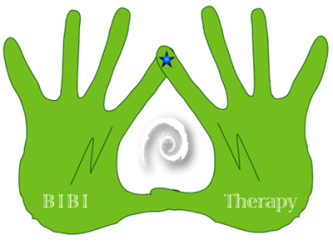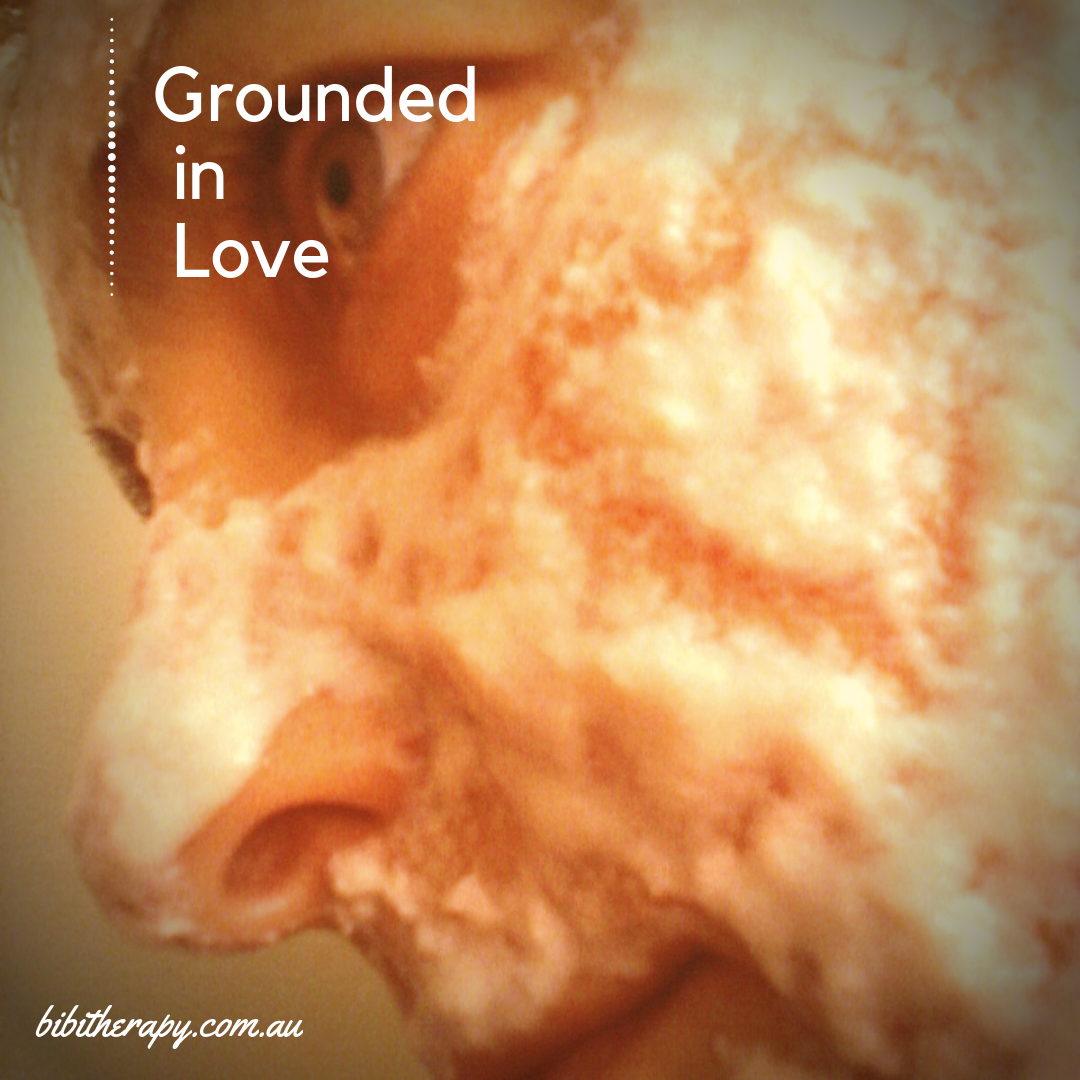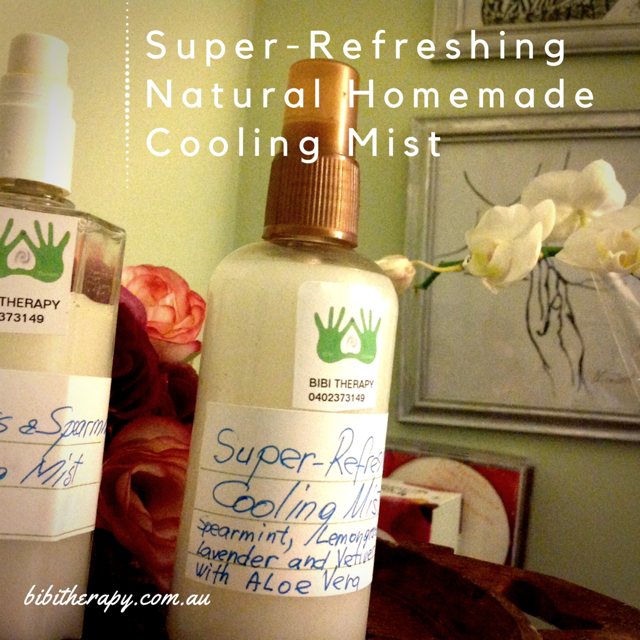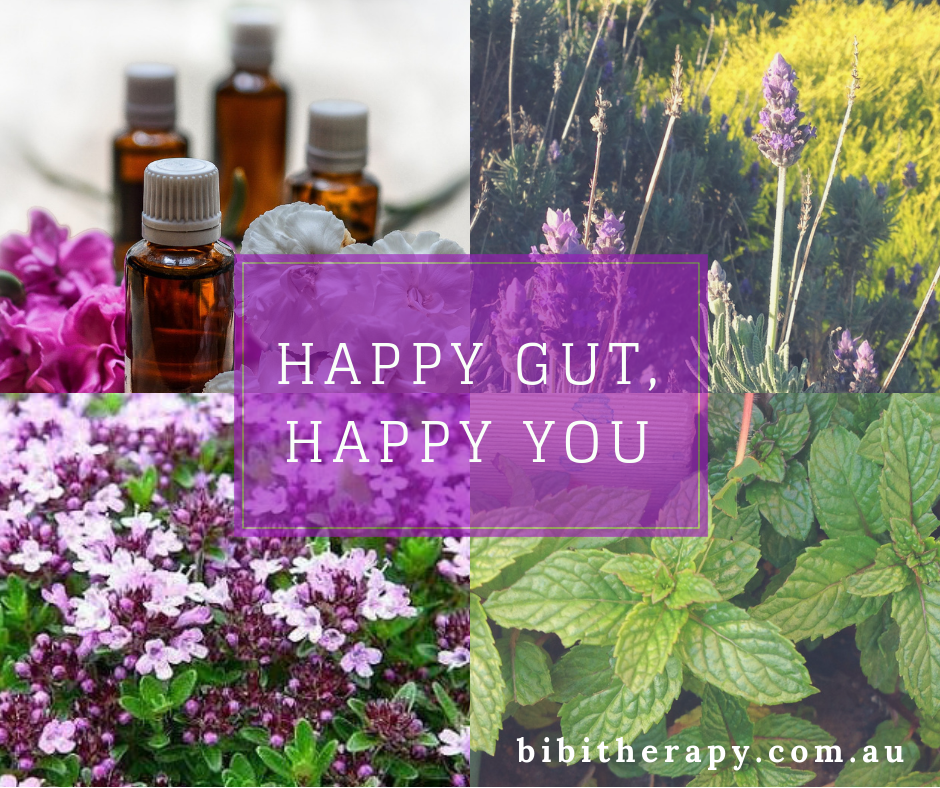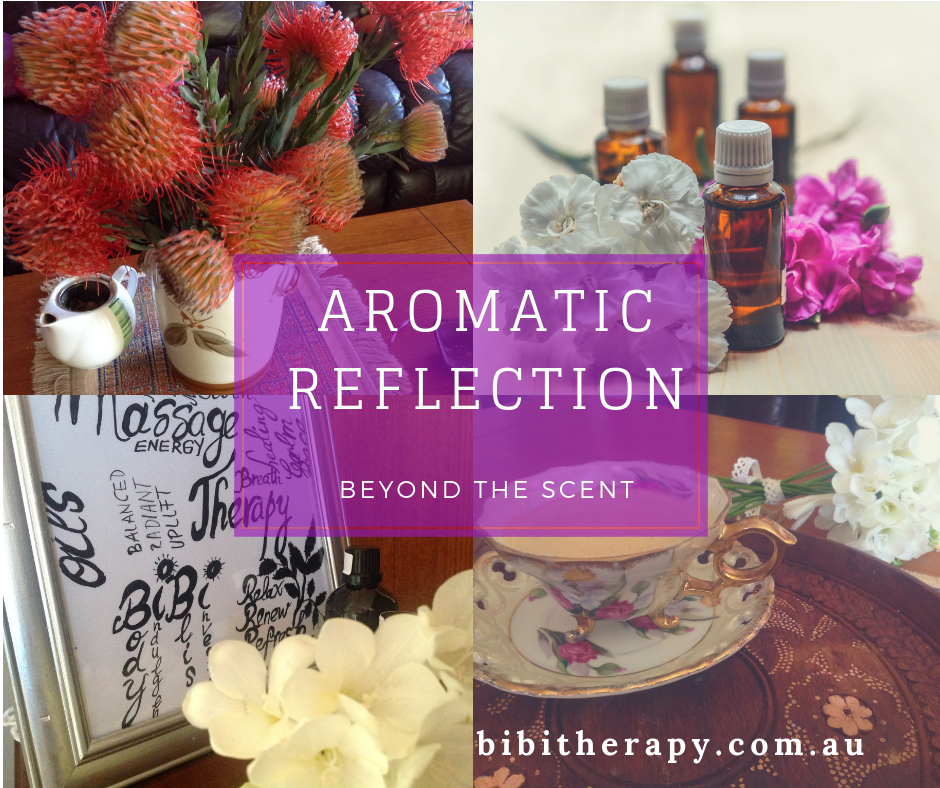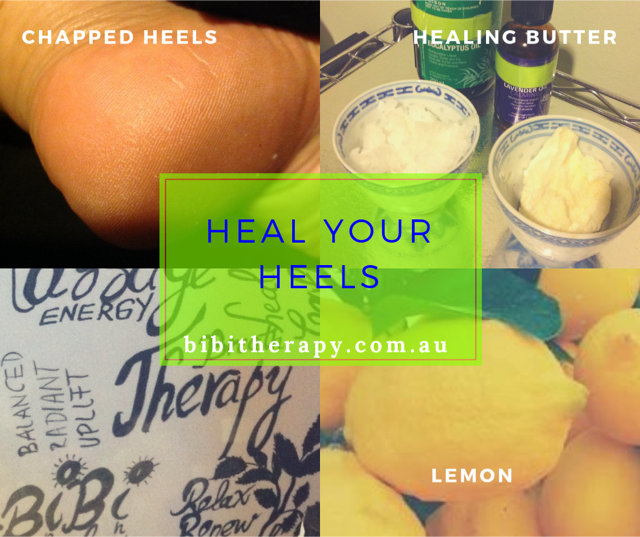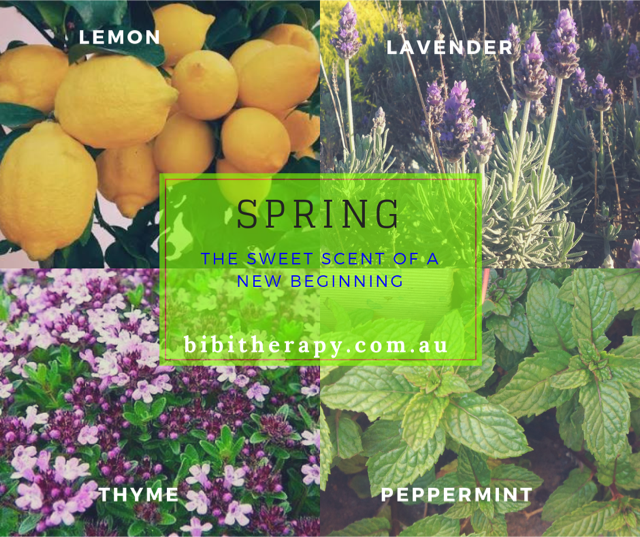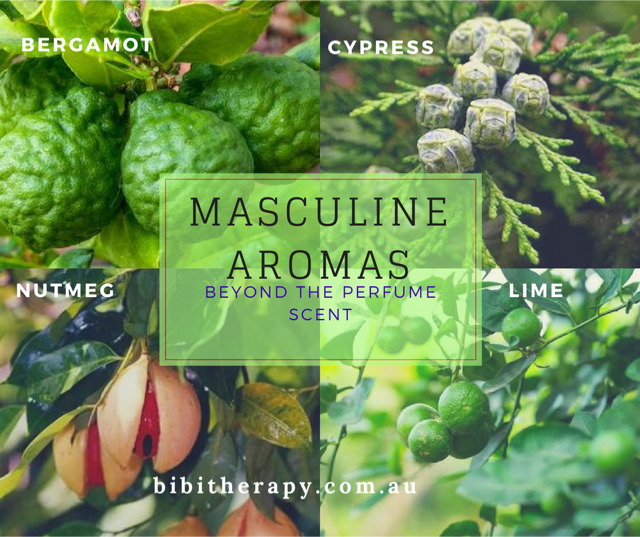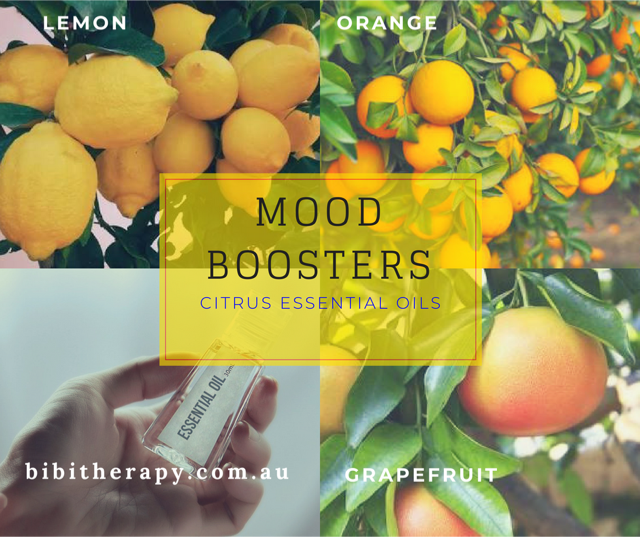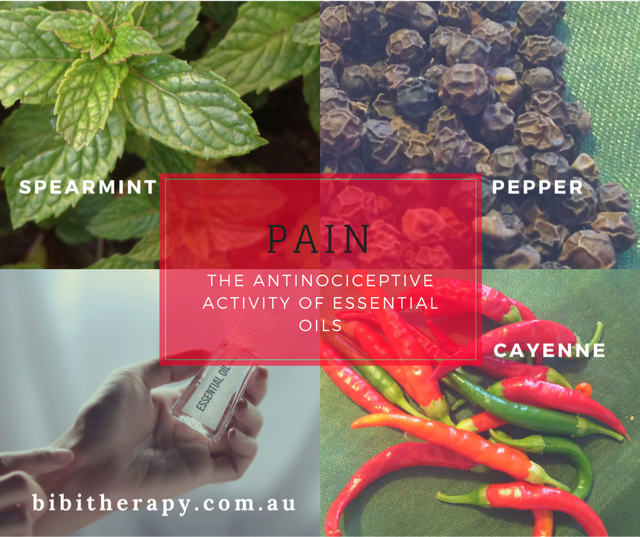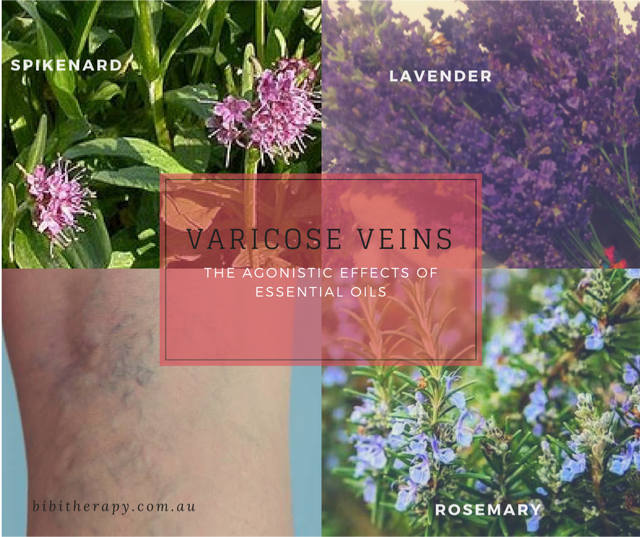Rose Petals Phase Mask and Face Mist
I love roses. Do you? If you received so many roses, and don’t know what to do with them read on.
Since I was a child, I learned to appreciate the rose petals beyond their fragile appearance and the exquisite smell. We used rose petals in flavouring the salt or the sugar, we made jam and used them in cooling drinks during the hot summer days. However, this blog is not about the culinary uses of roses. This is the subject of our Nutrition Therapy Blog to be launched soon. Today’s blog is about the Beautifying properties using Rose Petals and Rose Essential oil.
Specifically, I will outline a two of my favourite ways to use rose oil and rose petals for beauty’s sake. It needs to be noted that reference is only made to the Rose Damask type (Rosa damascena), from which the Rose essential oil is extracted.
Favourite # 1
Rose Petal Hydrosol
- Can be made at home but requires a large amount of petals
- It is best if it is purchased from a reputable supplier
- Works wonders as a personal mist spray, similar to the one described in the previous blog
- The aroma-therapeutic benefits include but are not limited to: excellent hydrating, energising and cooling properties, naturally fragrance that is soothing and helps the regeneration of the skin.
- Can be emulsified to make your own moisturizer
- Can be used as a skin toner
- Can be used in cooking as a flavouring agent
- Has antimicrobial, antioxidant and anti-inflammatory activities that are confirmed by centuries of use and current research (Mahboubi, 2015)
Favourite #2
Rose Petal Phase Mask includes the use of essential oils. Essentially the mask would target the skin type.
| Ingredients: |
A handful of fresh rose
petals if available, else dried petals are always available
1 table spoon of raw honey
1 drop of Rose Essential oil
1 table spoon of White Kaolin
Clay
2 table spoons Rose Floral
water. The use of more or less water would result in the paste
being thicker or thinner. The choice is yours.
|
| Procedure |
If using fresh petals chop
them finely then use a mortar and pestle to grind them well.
Add the rest of the
ingredients and apply it gently on the face using a fine brush.
Rest for about 15 min or
until the mask starts to dry but is not fully dried
Remove gently with warm
water. Enjoy.
|
| BIBI Therapy of this as a Signature Facial Treatment, details Radiance Facial Treatment | |
For more information on how to formulate your own face mask using essential oils, contact us.
References
Mahboubi, 2015, J Tradit Complement Med. 2015 Oct 30;6(1):10-6. https://www.ncbi.nlm.nih.gov/pubmed/26870673
